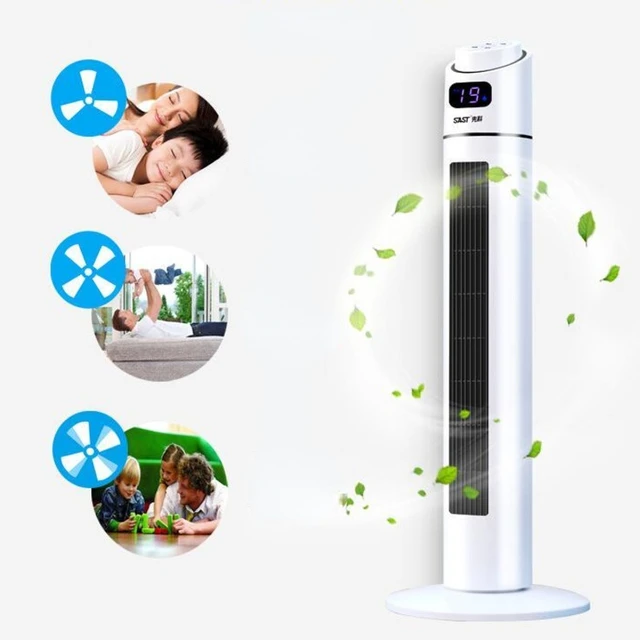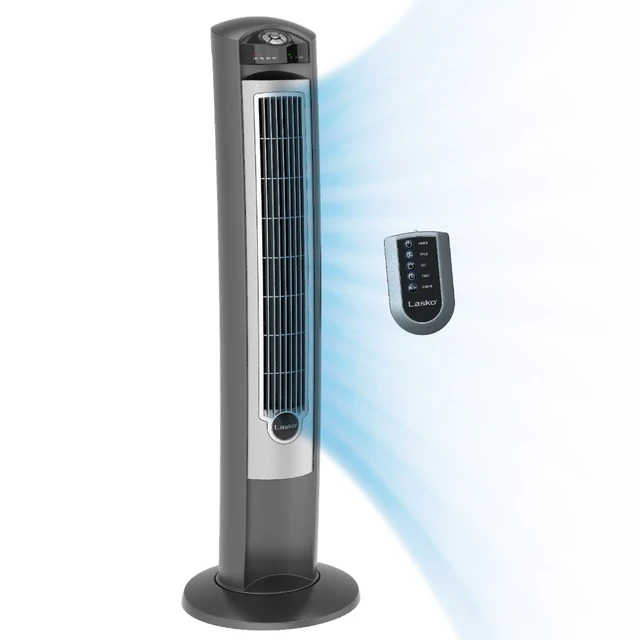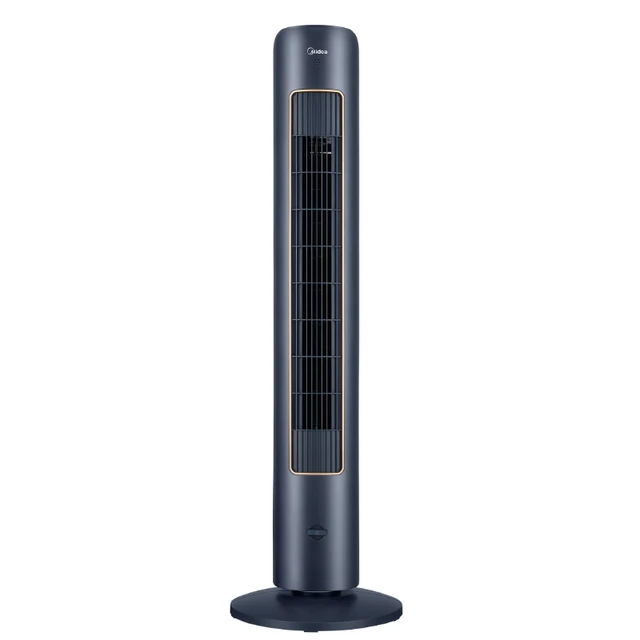Introduction
Tower fans are popular appliances that provide cooling air circulation in homes and offices. Over time, dust, dirt, and other particles can accumulate on the fan blades and housing, affecting its efficiency and overall performance. Cleaning a tower fan regularly is essential to maintain its optimal functionality. However, it is important to understand the appropriate cleaning methods to avoid damage. In this comprehensive guide, we will explore whether it is safe to clean a tower fan with water. By examining the components and potential risks, we will provide specific recommendations on cleaning a tower fan effectively and safely.

Can you clean a tower fan with water?
I. Understanding the Components of a Tower Fan
-
Fan Blades:
- The fan blades are responsible for generating airflow and circulation. Dust, dirt, and debris can accumulate on the blades, impeding their movement and reducing the fan’s efficiency.
-
Housing and Grille:
- The housing of the tower fan contains the motor and controls, while the grille acts as a protective cover. Both components can accumulate dust and dirt, affecting the fan’s performance and cleanliness.
II. Risks of Using Water on a Tower Fan
-
Electrical Hazards:
- Water and electricity are a dangerous combination. Introducing water into electrical components can pose a significant risk of electrical shock and damage to the fan and surrounding areas. Extra caution should always be exercised when cleaning any electrical appliance.
-
Motor Damage:
- The motor of a tower fan is a critical component that should not be exposed to water. Water can damage the motor, leading to malfunctions and potentially rendering the fan inoperable.
-
Moisture Build-up:
- Tower fans often have internal components that are susceptible to moisture damage. If the water is not dried completely, it can lead to mold growth, rust, and other issues that compromise the functionality and lifespan of the fan.

III. Safe Cleaning Methods for a Tower Fan
-
Disconnect Power:
- Before beginning any cleaning process, ensure that the tower fan is unplugged from the power source. This precautionary measure reduces the risk of electrical shock and damage to the fan.
-
Dry Cleaning Tools:
- Rather than using water directly, opt for dry cleaning methods. Soft brushes, microfiber cloths, and compressed air can effectively remove dust and debris from the fan blades, housing, and grille without introducing moisture.
-
Vacuuming:
- Utilize a vacuum cleaner with a brush attachment to gently remove loose dust and debris from the fan blades, housing, and grille. Take care not to press too hard or use overly powerful suction, which can damage delicate components.
-
Compressed Air:
- Air dusters or compressed air cans are helpful for dislodging dust and debris from hard-to-reach areas. Direct the air flow carefully, avoiding excessive force that may cause debris to scatter or become lodged in the fan.
-
Cleaning Products:
- If necessary, use mild cleaning agents specifically designed for electronics or delicate surfaces. Apply the cleaning solution to a soft cloth and gently wipe the fan blades, housing, and grille. Avoid spraying the cleaner directly onto the fan, particularly near electrical components.
-
Safety Precautions:
- When using cleaning products, ensure they are appropriate for the materials of your tower fan. Follow the instructions and precautions provided by the manufacturer to avoid damage. It is advisable to test the cleaning solution on a small, inconspicuous area first.

IV. Targeted Cleaning Methods
-
Removing the Grille:
- Some tower fans have removable grilles, enabling easier access to the blades and interior components. Consult the manufacturer’s instructions to determine if the grille can be safely removed for more thorough cleaning.
-
Blade Disassembly:
- In certain cases, the fan blades can be safely disassembled from the fan for individual cleaning. Follow the manufacturer’s guidelines for disassembling and reassembling the blades, exercising caution and care throughout the process.
-
Cleaning the Housing:
- Use a soft cloth or brush to gently wipe the housing of the tower fan. Be mindful of any crevices or vents where dust can accumulate. Avoid applying excessive pressure or using abrasive materials that may scratch or damage the surface.
V. Prevention and Maintenance Tips
-
Regular Dusting:
- To minimize dust accumulation, regularly dust the exterior of the tower fan using a microfiber cloth or duster. This preventive step helps maintain cleaner fan blades, housing, and grille between more thorough cleaning sessions.
-
Air Purification:
- Consider using an air purifier in the room where the tower fan is located. An air purifier can help filter and capture airborne particles, reducing the amount of dust that settles on the fan components.
-
Proper Storage:
- When the tower fan is not in use, store it in a clean and dry area. Use a protective cover or store it in a dust-free environment to prevent excessive dust buildup and maintain its cleanliness.
VI. Seeking Professional Assistance
-
Manufacturer Support:
- If you encounter persistent cleaning challenges or are uncertain about the appropriate cleaning methods for your specific tower fan model, contact the manufacturer for guidance and recommendations.
-
Servicing and Repairs:
- If your tower fan requires professional servicing or repairs, seek assistance from authorized technicians. They possess the expertise and tools necessary to address complex issues and ensure the fan’s optimal performance and safety.

Does unregulated cleaning make tower fans use more power?
Unregulated cleaning of tower fans, especially if done improperly, can potentially lead to increased power consumption. Here’s why:
Accumulated Dust: Tower fans tend to gather dust and debris over time, especially on the fan blades and grills. This build-up can restrict airflow and force the fan to work harder to maintain the desired level of cooling or ventilation.
Increased Friction: Dust and dirt on the moving parts of a tower fan, such as the motor or bearings, can increase friction. This additional resistance requires more energy to overcome, leading to a higher power consumption.
Efficiency Reduction: When the airflow is obstructed or limited due to dust, the fan becomes less efficient at circulating air. To compensate, the fan may need to operate at higher speeds or for longer periods, resulting in increased energy usage.

VII. Conclusion: Safe and Effective Tower Fan Cleaning
While it is not advisable to clean a tower fan with water due to the risks involved, there are plenty of safe and effective alternatives available. Dry cleaning methods utilizing soft brushes, microfiber cloths, vacuum cleaners, and compressed air can remove dust and debris from the fan blades, housing, and grille. Additionally, the use of mild cleaning agents on a soft cloth can help tackle stubborn dirt or stains if required.
By following these specific cleaning recommendations and incorporating regular dusting into your maintenance routine, you can keep your tower fan clean and functioning optimally. Maintaining a clean tower fan helps ensure efficient airflow, extends its lifespan, and promotes a comfortable environment in your home or office.
